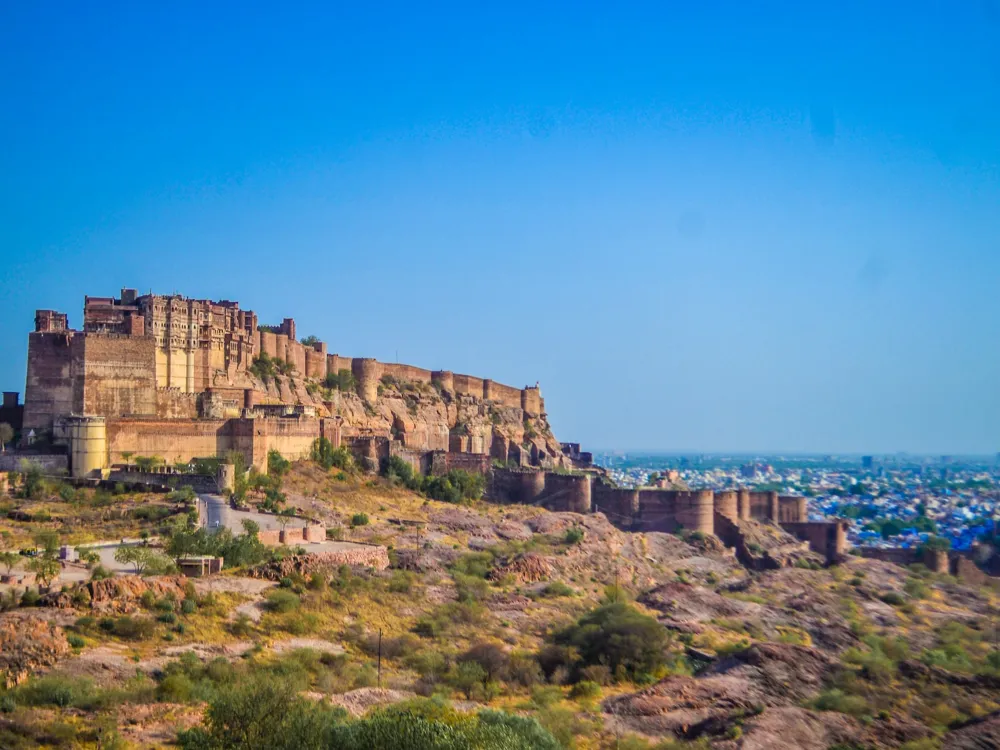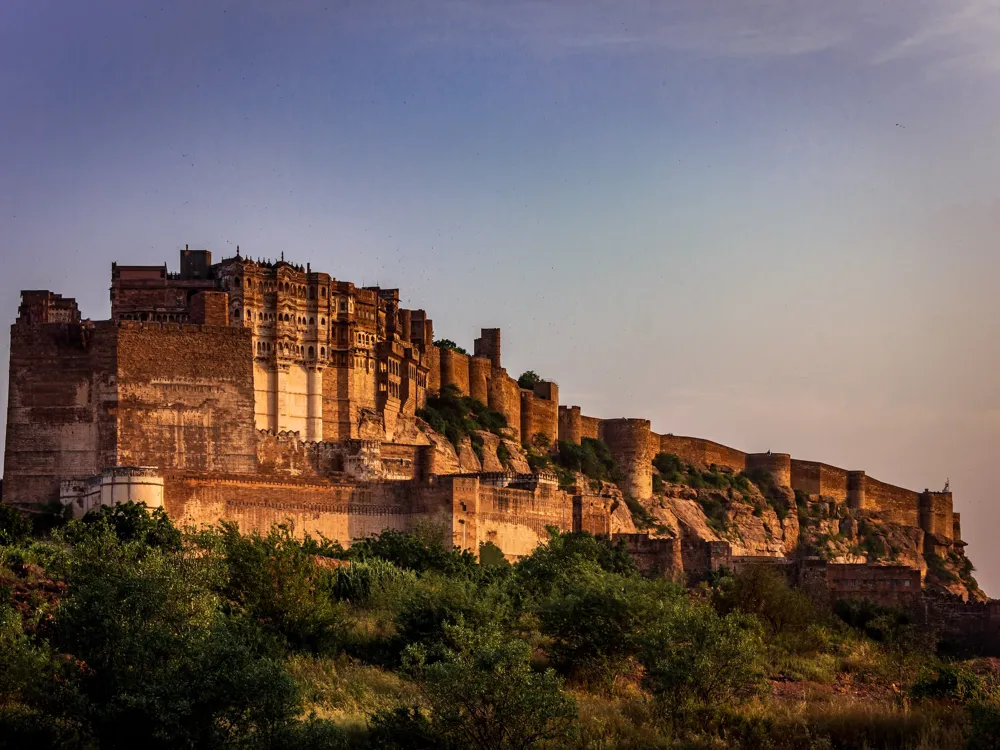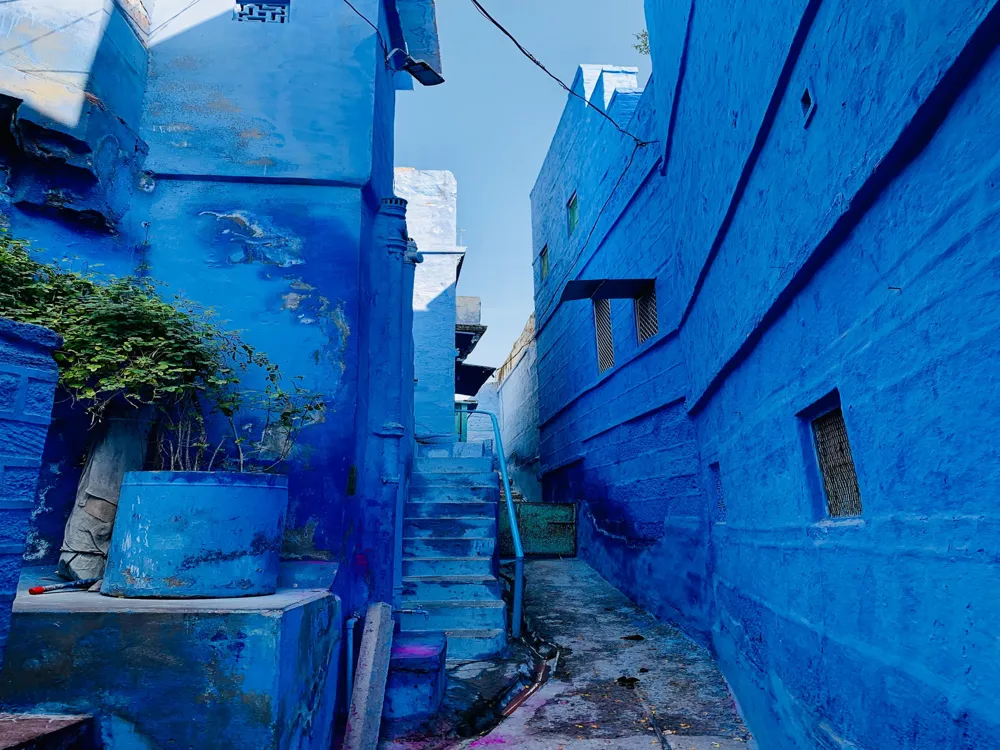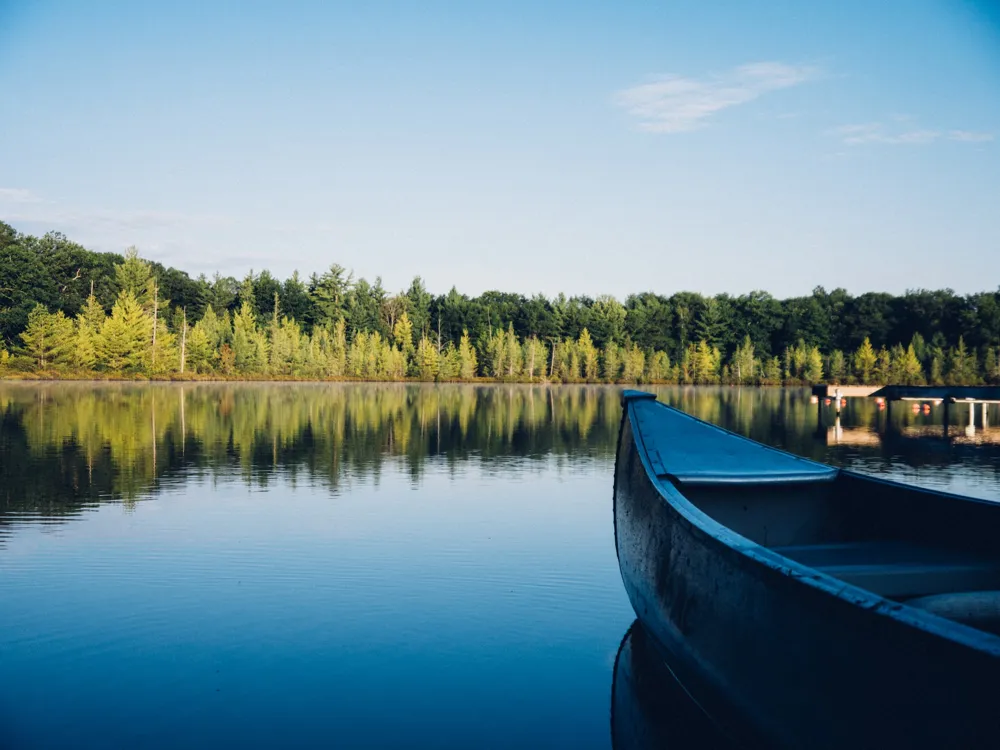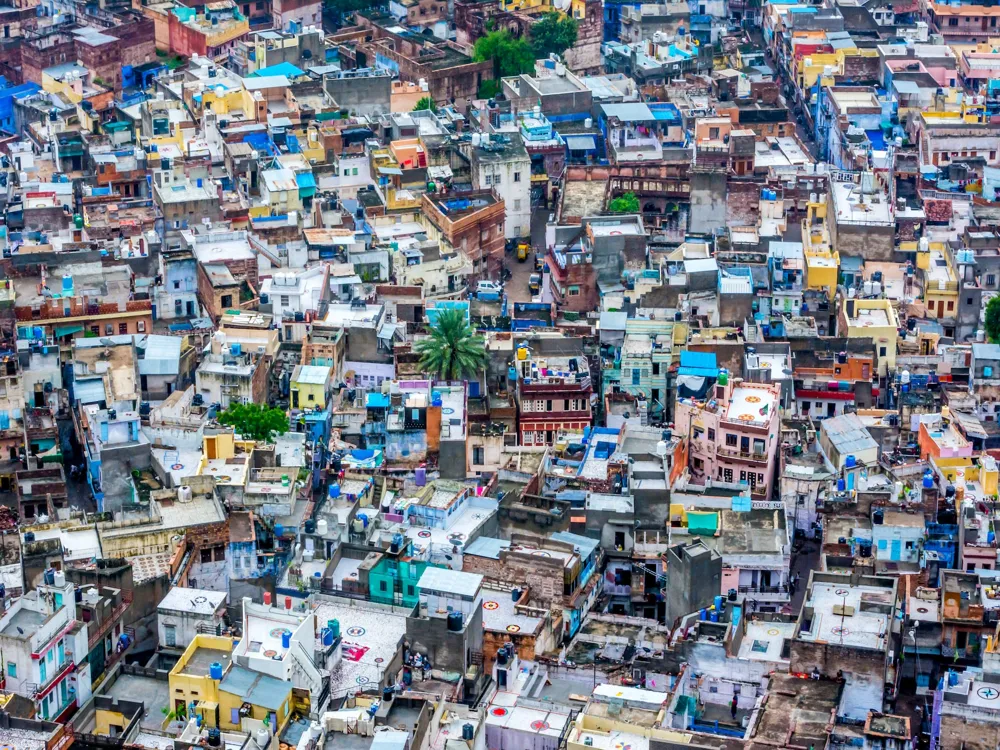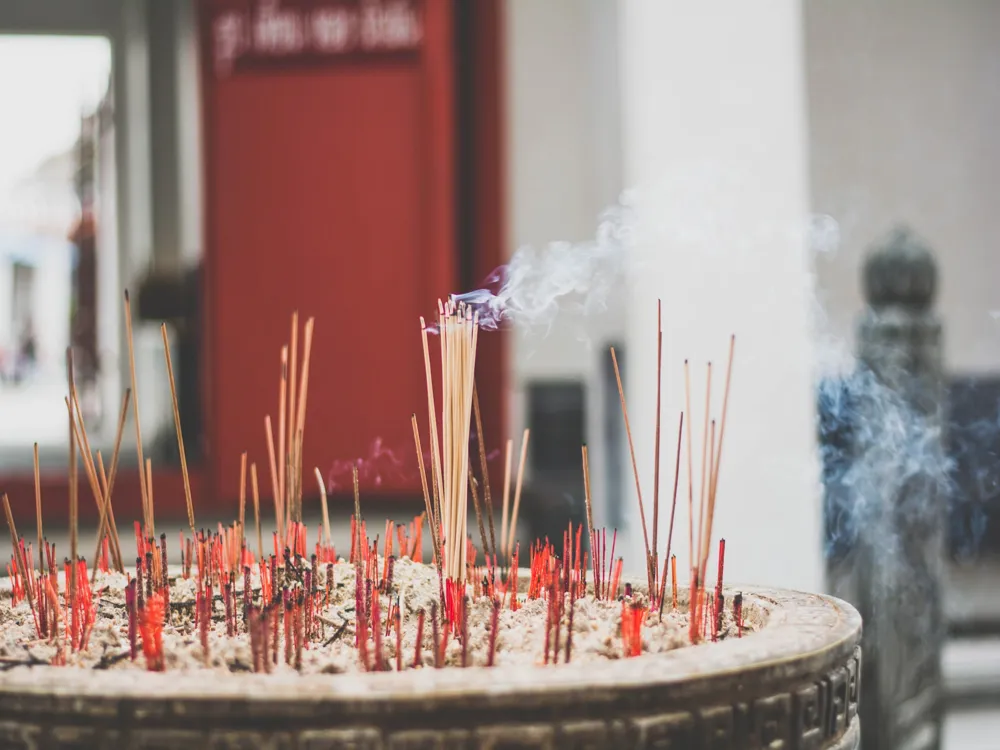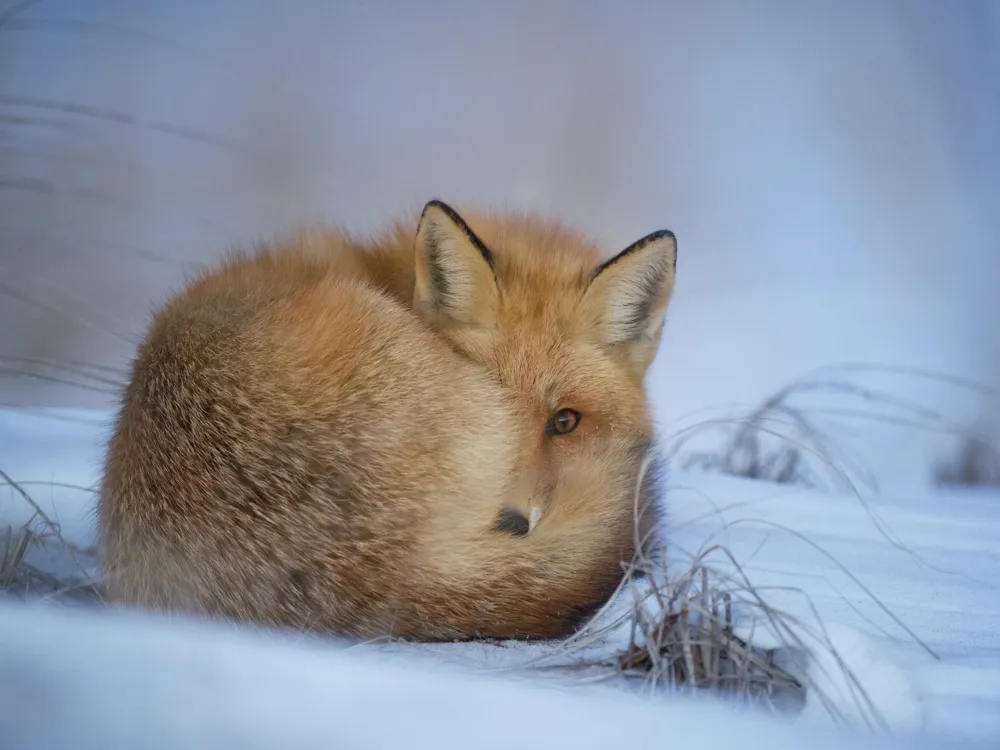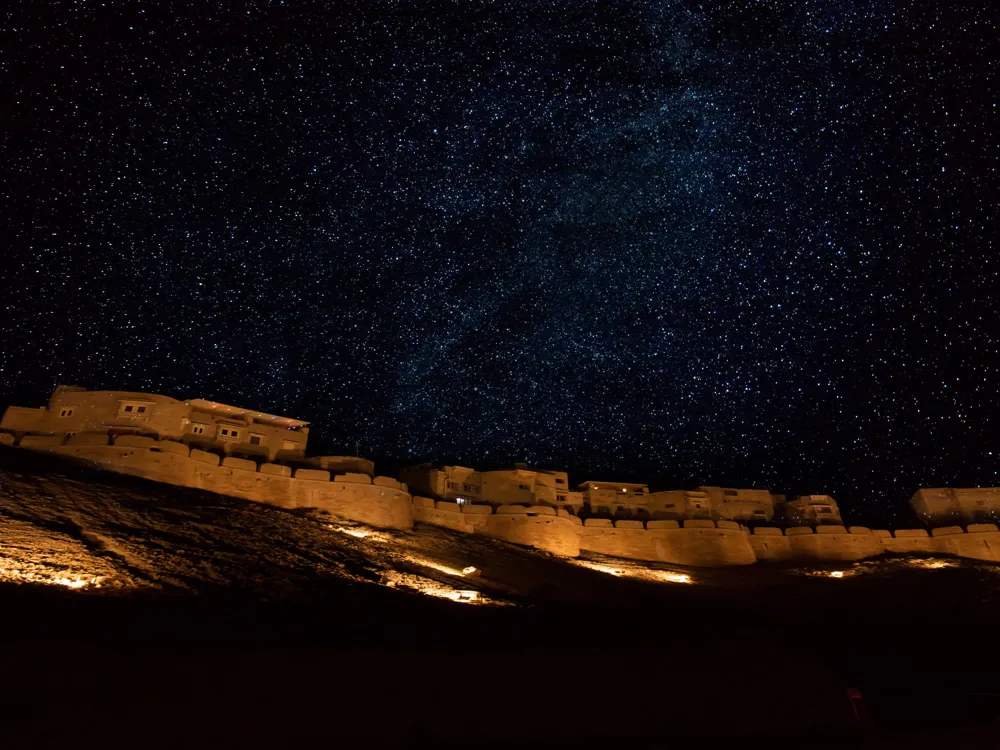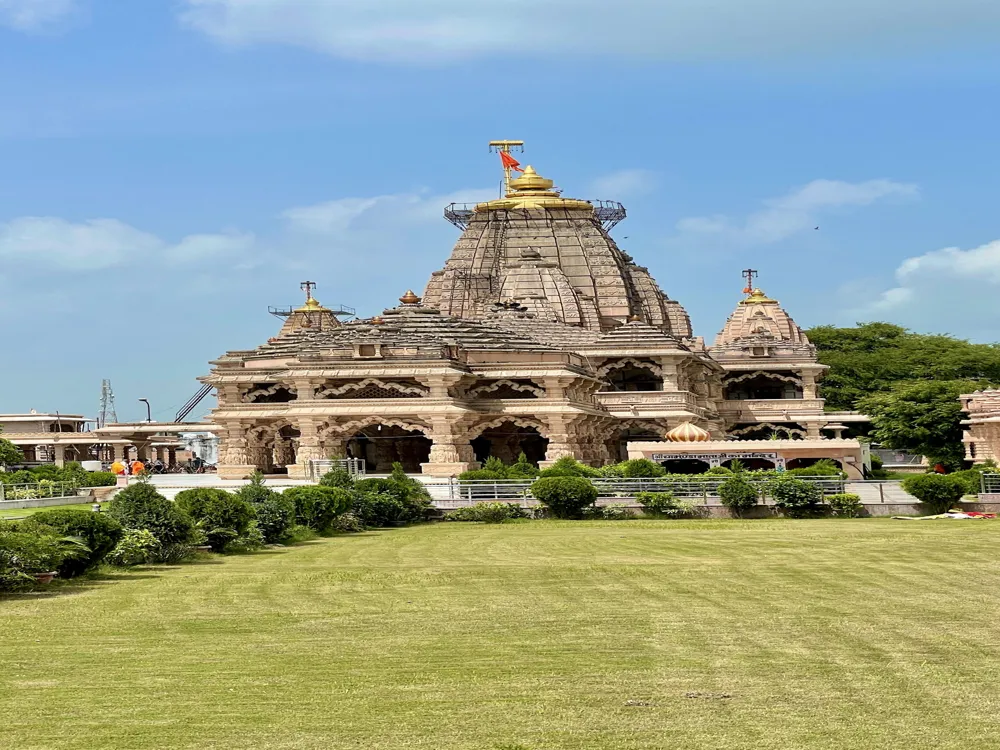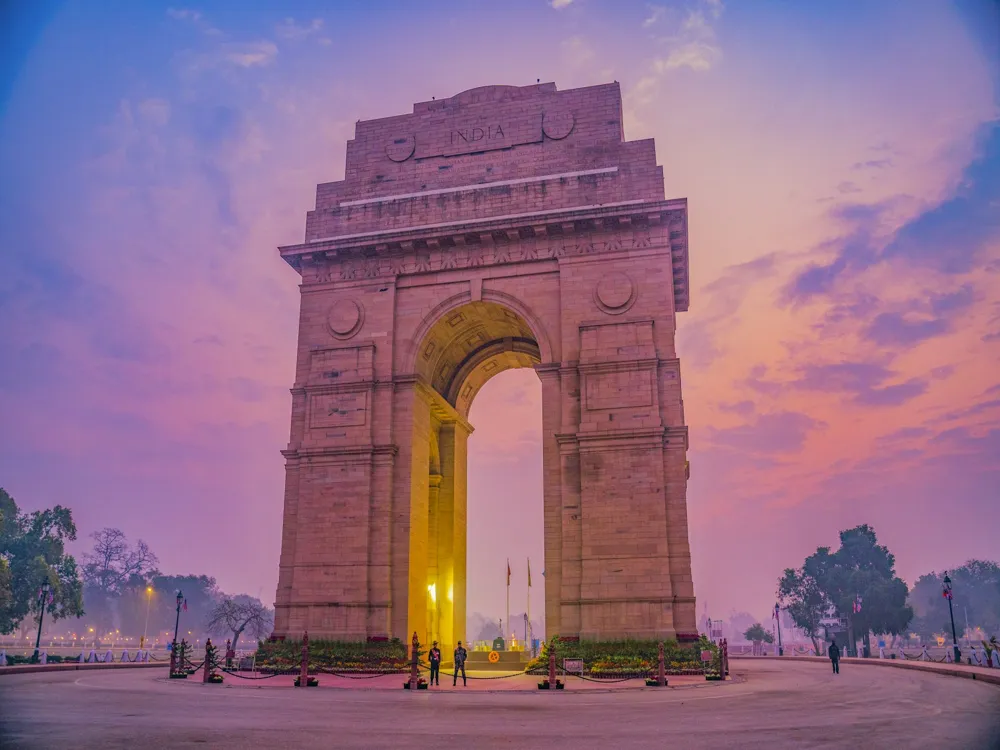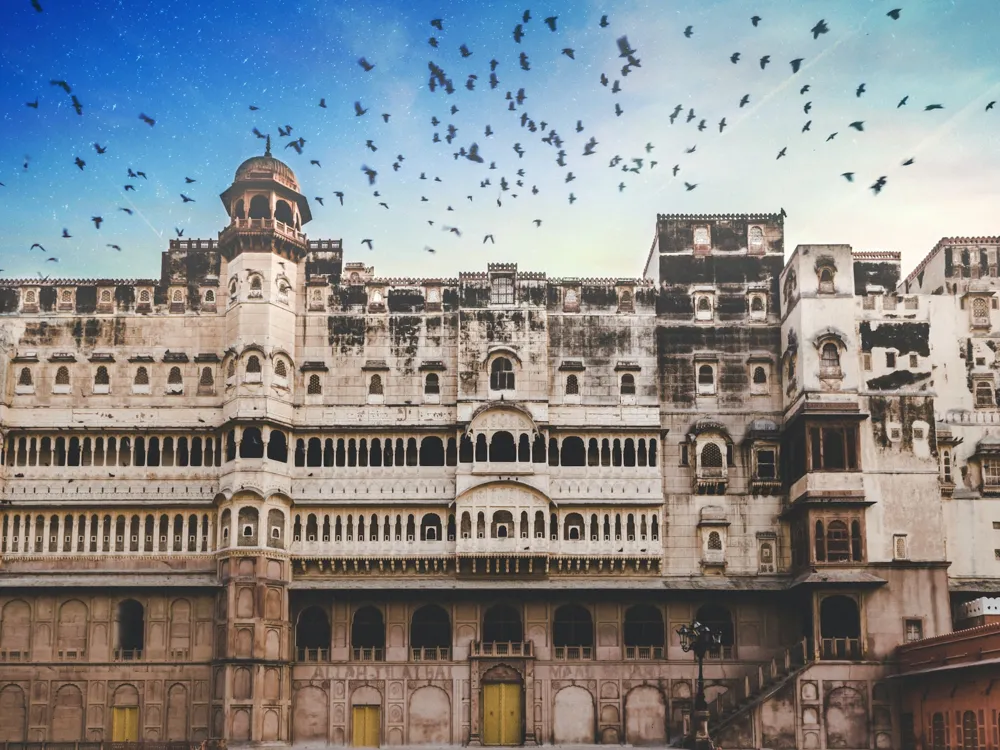Best Time to Visit Jodhpur
Rajasthan India
5 out of 30 Places to visit in Rajasthan₹ 12,000 onwards View Packages
Get Customized PackagesThe Land of Diversity
Top Hotel Collections

Private Pool

Luxury Hotels

5-Star Hotels

Pet Friendly
What is the Best Time to Visit Jodhpur?
Jodhpur, often referred to as the Blue City, is a captivating destination that beckons travelers with its rich history, vibrant culture, and stunning architecture. Planning your visit to this gem of Rajasthan involves strategic timing to ensure you experience the city at its best. In this comprehensive guide, we unveil the nuances of the best times to explore Jodhpur, helping you make the most of your visit.
More about Best Time to Travel to Jodhpur
Travel Peak Season in Jodhpur: Embracing the Festivities
Jodhpur's peak season, spanning from October to March, emerges as a magnet for travelers seeking an immersive experience in the city's cultural tapestry. During this period, the weather is mild, making it ideal for exploring iconic landmarks like Mehrangarh Fort and Jaswant Thada. The peak season aligns with various festivals, such as Diwali and Navratri, offering a unique opportunity to witness Jodhpur in its celebratory glory.
Travel Offseason in Jodhpur: A Tranquil Retreat
For those yearning for a more serene encounter with Jodhpur, the offseason, typically from April to September, provides a quieter atmosphere. While the temperatures rise during these months, savvy travelers can take advantage of fewer crowds and discounted accommodations. Exploring the city's intricate alleys and hidden gems becomes a leisurely affair, allowing for a deeper connection with the local culture.
Jodhpur Travel Packages
View All Packages For Jodhpur
Jodhpur in Shoulder Season: A Balancing Act
The shoulder seasons, transitioning between peak and offseasons, offer a middle ground for visitors. From March to April and September to October, Jodhpur experiences a gradual shift in weather, making it a favorable time for budget-conscious travelers. During these periods, you can witness the city awakening from the winter slumber or preparing for the festive season, providing a unique blend of experiences.
Jodhpur in Hot Season: Embracing the Warmth
The hot season, extending from April to June, may deter some travelers due to the soaring temperatures. However, for those undeterred by the heat, this period unveils a different side of Jodhpur. The vibrant markets and local life continue unabated, offering a glimpse into the resilience of the city's inhabitants amid the scorching sun.
Jodhpur in Rainy Season: Nature's Canvas
Contrary to popular belief, the monsoon season, from July to September, adds a touch of magic to Jodhpur. The city transforms into a lush landscape, with the iconic Mehrangarh Fort standing majestically against the backdrop of rain-kissed greenery. Exploring Jodhpur during the rainy season allows for a unique perspective, where nature collaborates with architecture to create mesmerizing vistas.
Jodhpur in Cool Season: Crisp Mornings and Cozy Evenings
The cool season, from November to February, encapsulates the quintessential Jodhpur experience. Crisp mornings and cozy evenings set the stage for exploring the city's myriad attractions comfortably. The pleasant weather beckons visitors to wander through the narrow lanes of the Old Blue City, savoring the charm of its historic architecture and vibrant street life.
Places To Visit In Jodhpur
Nearby Places Jodhpur
Jodhpur Photos
View All Photos For JodhpurBrowse Package Collections
Browse Hotel Collections
Faq
Q: What is the best time to visit Jodhpur?
A: The best time to visit Jodhpur is during the winter months, from October to March. The weather during this period is pleasant and comfortable, making it ideal for exploring the city's attractions.
Q: Why is winter considered the best time to visit Jodhpur?
A: Winter in Jodhpur, spanning from October to March, offers mild temperatures ranging from 7°C to 25°C. The weather is perfect for exploring the historical landmarks, forts, and palaces without the discomfort of extreme heat.
Q: Are there any specific events or festivals during the recommended months?
A: Yes, the Marwar Festival, usually held in October, is a vibrant celebration of Jodhpur's culture with folk music, dance, and traditional performances. The pleasant weather during this time enhances the overall festive experience.
Q: What about summer and monsoon months in Jodhpur?
A: Summers (April to June) can be extremely hot with temperatures soaring above 40°C, making outdoor activities uncomfortable. Monsoon (July to September) brings some relief but may limit sightseeing due to occasional heavy rainfall.
A: Summers (April to June) can be extremely hot with temperatures soaring above 40°C, making outdoor activities uncomfortable. Monsoon (July to September) brings some relief but may limit sightseeing due to occasional heavy rainfall.
A: While festivals like Diwali and Holi add a unique cultural charm to Jodhpur, the city can get crowded during these times. If you enjoy vibrant celebrations and don't mind the crowds, visiting during festivals can be a memorable experience.

